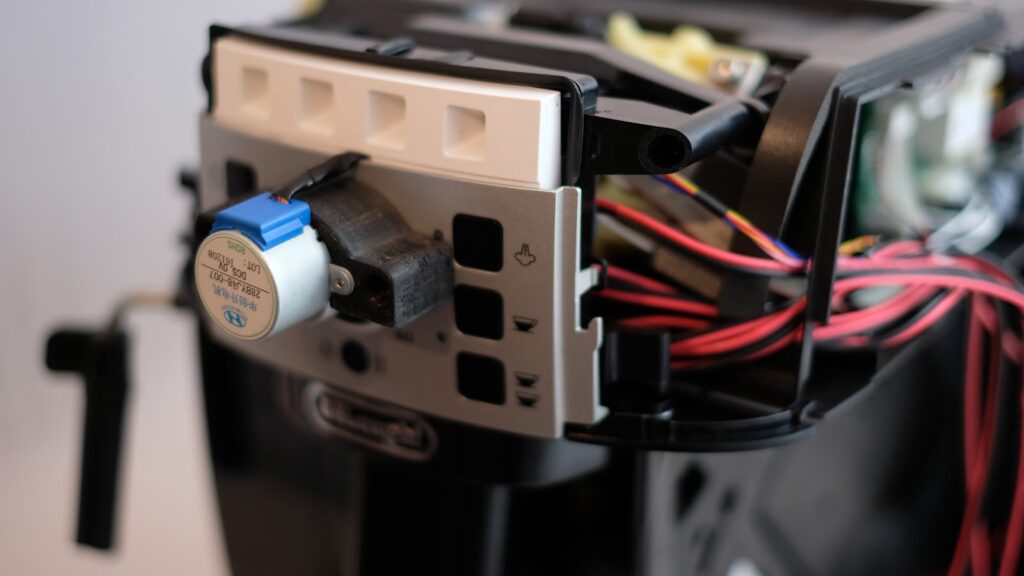Voice Controlled Sofa Meets Your Every Beverage Need
It’s often taken for grated, but the modern world is full of luxuries. Home automation, grocery delivery, and even access to the Internet are great tools to have at hand, but are trivial to most of us. If these modern wonders are not enough for you, and the lap of luxury is still missing a certain je ne sais quoi, allow us to introduce you to the ultimate convenience: a voice controlled, beer-dispensing sofa with a built-in refrigeration system.
This is a project from [Garage Avenger] and went through a number of iterations before reaching this level of polish. Metal work on the first version didn’t fit together as expected, and there were many attempts at actual refrigeration before settling on repurposing an actual refrigerator. With those things out of the way, he was able to get to the meat of a project. The couch-refrigerator holds 12 beers, and they are on a conveyor belt which automatically places the next beer onto the automated drawer. When commanded (by voice, app, or remote) the sofa opens the drawer so the occupant can grab one easily without having to move more than an arm. Everything, including the voice recognition module, is controlled by an Arduino, as is tradition.
The attention to detail is excellent as well. The remote control contains a built-in bottle opener, for one, there are backlights and a glass cover for the refrigerator, and the drawer is retracted automatically when it senses the beer has been obtained. We couldn’t ask for much more from our own couches, except maybe that they take us where we want to go. But maybe it’s best to keep these two couch use cases separate for now.








